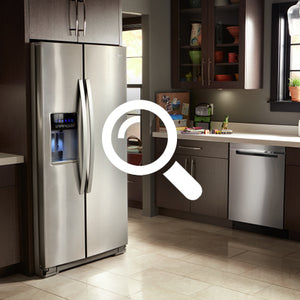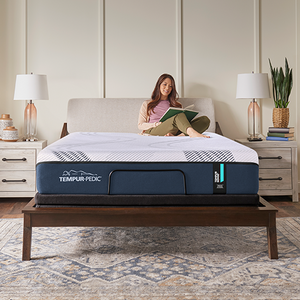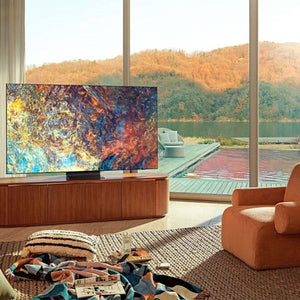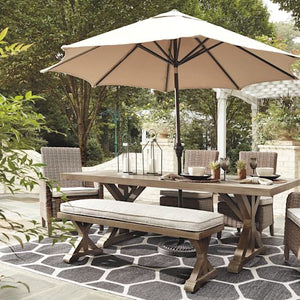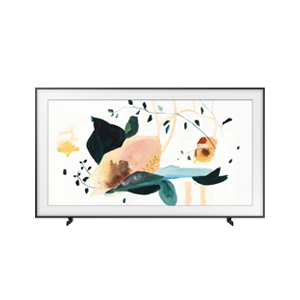A gallery wall is a great way to create a focal point in just about any room or hallway and is a perfect example of the saying “greater than the sum of its parts.” In other words, by creating a grouping of several pictures, you can give importance to smaller works of art that might not have as much impact on their own. It’s a great decorating trick for anyone who is struggling to fill a large wall and doesn’t have the budget for large art, or for those of us who just love having lots to look at on our walls.
You can place a gallery wall just about anywhere you have room for one big piece of art (and "big" is relative to your space). There’s also no rule that a gallery wall has to be limited to just a living room or hall, or that you can only have just one in the house. In just a few easy steps, outlined below, you can create fun looks in nearly every room—even the bathroom or the kitchen, just make sure your art can withstand moisture or easily be wiped clean.
